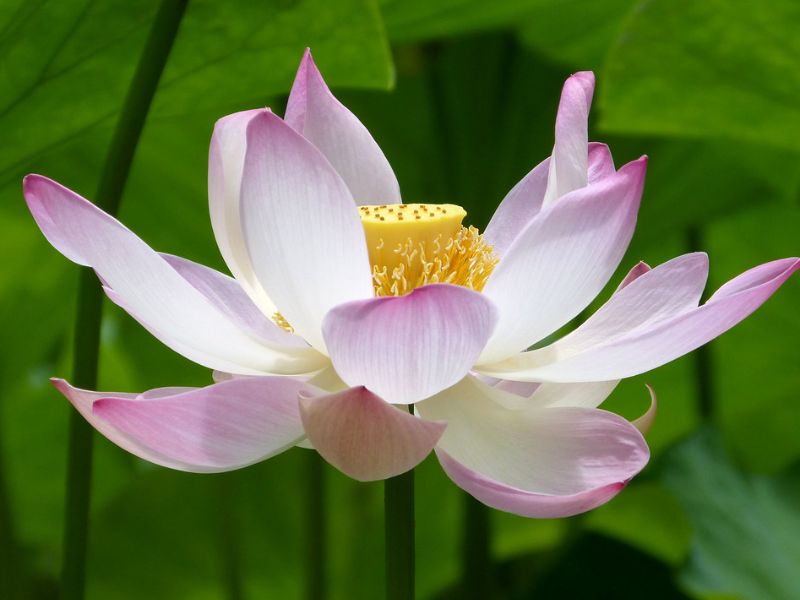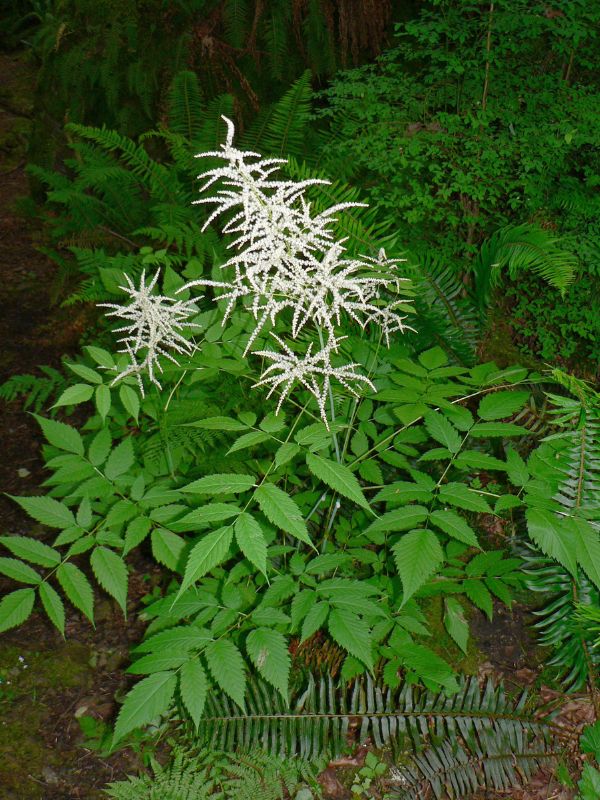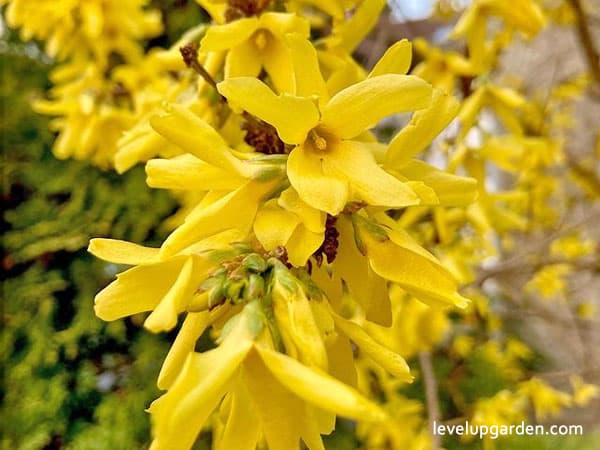The Windmill Palm is a hardy tree and very easy to care for. Its name is derived from its long, fan-shaped leaves, which look like a windmill. It can be grown in a hot environment, with temperatures as low as 10 degrees Fahrenheit. Windmill palms are attractive as ornamental plants and bring a tropical touch to any landscape.
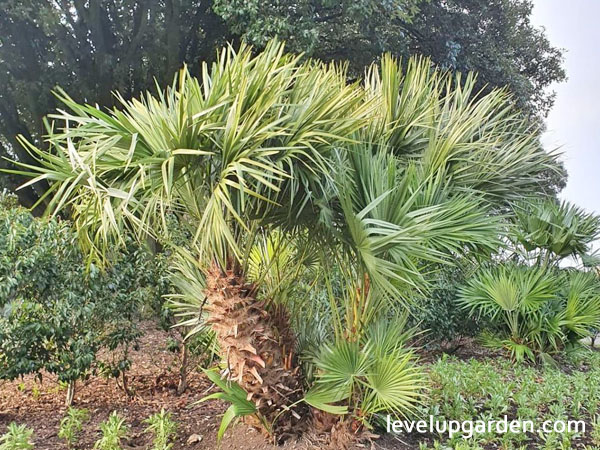
It is effective as a single plant and in small group plantings. It is effective for border paths in entryways and gardens. The trunk is composed of a single stem, which appears shaggy and hairy with dry petioles left after the leaves have been shed.
The leaf fibers are often used for weaving. The leaves, which spiral out from the base of the plant in all directions, resemble a windmill, hence the name. In cold climates, it can be grown in large containers and overwintered indoors. It can tolerate up to zone 7 in a protected location.
It can be grown in a sunny location, but it grows the best when it has some shade and a location that provides protection from strong or cold winds. If not protected from strong winds, the leaves are more likely to split.
This attractive palm brings a tropical touch to any landscape. The windmill palm is native to subtropical and temperate mountain forests of China. In the wild, they can reach heights of 20 to 40 feet and sometimes more. Elsewhere, it usually reaches a maximum height of 10 feet tall.
I. Plant Profile – An Overview of the plant
| Common names | Chinese Fan Palm, Chusan Palm, Fortunes Palm, Windmill Palm, Chinese Windmill Palm, Chusan Palm, Hemp Palm, Nepalese Fan Palm, Chamaerops fortunei |
| Botanical Name | Trachycarpus fortunei |
| Mature Height | 20-40 ft |
| Mature Width | 6-15 ft |
| Plant Type | Palms – Cycads |
| Plant Family | Palms – Cycads |
| Exposure | Full Sun, Partial Sun |
| Spacing | 72″ (180cm) |
| Water Needs | Low |
| Maintenance | Low |
| Soil Type | Chalk, Loam, Sand |
| Soil pH | Acid, Alkaline, Neutral |
| Soil Drainage | Well-Drained |
| Growth Rate | Medium |
| Maintenance | High |
II. Appearance
Windmill Palm is an evergreen palm, it grows small and tall, with deeply divided, fan-shaped, dark green leaves up to 1 m wide, spreading out in a terminal pattern. The leaves grow on a sturdy trunk densely covered with hairy black fibers of old leaf sheaths. It is very easy to grow, it is dioecious, with separate male and female plants.
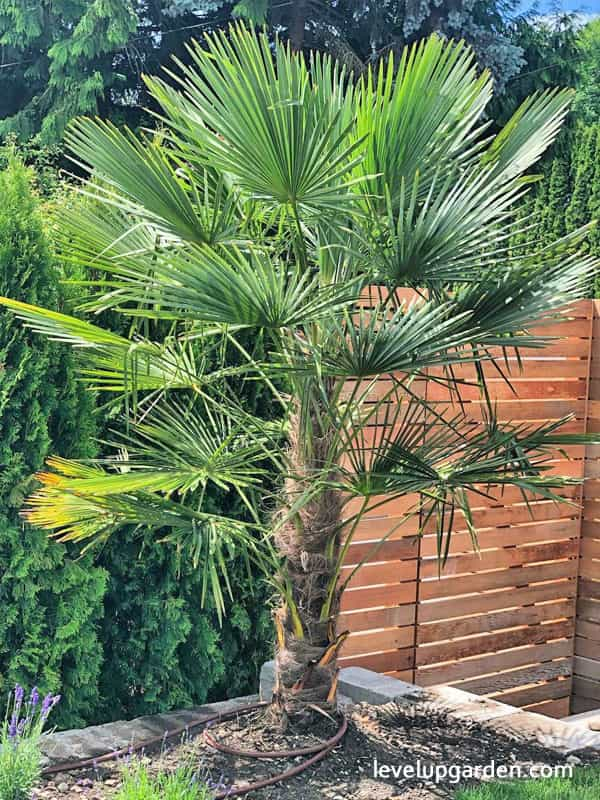
In summer, its small, pale yellow, large flowers turn into dark blue fruits. It has excellent wind, drought, and salt tolerance, and is cold hardy, able to withstand temperatures as low as -15°C for short periods of time. Its unique and attractive evergreen foliage makes it a strong architectural presence all year round.
Windmill palm trees can grow from 10 to 40 feet in height and 6 to 10 feet in width, although they are found compacted in many homes. Windmill palms grow slowly, not more than a foot each year.
It has a thick, single trunk covered with hairy brown fibers. It has long, densely toothed leaves fan out from the symmetrical crown, forming a windmill-like shape. The tips of the leaves may be stiff or drooping.
The female trees produce flowers that are green in color. Meanwhile, the male palm trees produce flowers that are yellow in color. These flowers can be mistaken as seeds, as it looks like a seed, and if the tree is mature enough it will bloom each year.
Leaves of these trees are fan-shaped to circular, palmately divided. Each of the leaves has 15 to 19 segments, linear, single, slightly drooping that grows up to 3 feet long. The underside of the leaf is covered with a grayish waxy capsule and has a glossy color.
III. Growing and Care Conditions
Planting
It is best to plant Windmill Palm in a location that is not too windy, as too much wind will shred the palm fronds. The location should have a partial shade. It also tolerates a wide variety of soil as long as it drains well.
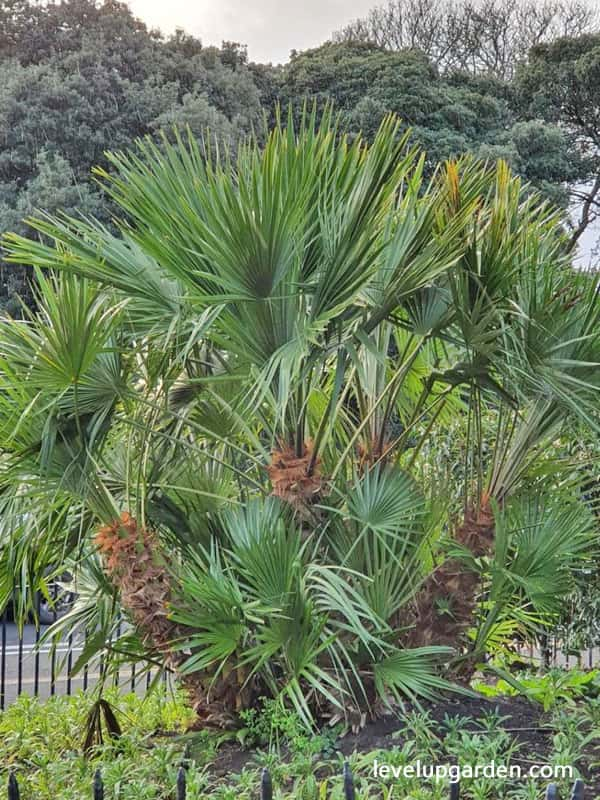
To plant a windmill palm tree, first, pull the weeds and remove grass and debris. Next, dig a hole twice the width of the windmill palm root pot. Make it deep enough so that the root ball is flush with the height of the surrounding soil.
Using your hands or a small garden trowel, gently loosen the roots. Place the root ball in the hole, be careful not to slant the rootball. Fill the hole again with soil and gently pat to prevent air bubbles from entering. Make sure the hole is moist enough as you fill it with soil.
Next step is to place 2 to 3 inches of mulch over the planting area, a few inches away from the stem or trunk. This step will help retain moisture. Then, follow necessary steps to take care of the plant. If planting several windmill palms, plant them 6 to 10 feet apart from each other. This is to reduce competition for water and nutrients.
Light
Windmill palm trees grow better with shade rather than being exposed in too much sunlight. Plant it in partial shade or full sun where it receives 2 to 4 hours of direct sunlight per day. Though it can grow in full shade or partial sun, the growth will be significantly slow.
Watering
The newly planted windmill palm tree needs deep watering every other day. In dry areas, twice a week is a good rule of thumb. To determine if water is needed, try putting your finger in the soil near the base of the tree 2 to 3 inches. If the soil feels dry, it is time to water.
Fertilizer
Windmill palm trees need to grow in fertile soil. Apply a slow-release fertilizer for palm trees once or twice during the growing season, in spring before new shoots appear, and again in summer or fall. Make sure to follow the instructions on the packaging of the product.
Soil Requirements
Windmill palm trees can adapt to a variety of soil types, but prefer porous, moist, fertile and well-drained soils. As it needs to be moist all the time, a soil that does not dry easily. This can be also achieved through proper watering of the plant.
Pruning
Windmill palms require very little pruning and only dead, dying, or diseased leaves need to be removed each time. To avoid stressing the tree, do not remove too many leaves at once. Always cut stems a few inches away from the trunk to avoid unnecessary damage to the tree. Be sure to clean up fallen leaves, as they can become a habitat for a variety of animals and pests and a fire hazard.
Pests and Diseases
Windmill palms are relatively easy to maintain because they are resistant to most pests and diseases. A sign of disease or pest infestation is leaves spotting or yellowing. To avoid these, do not moist the soil excessively, and improper planting can lead to root rot.
Another pests are palm aphids which are not a common problem. It can be prevented by planting plants that repel aphids, such as nasturtiums, cosmos, and zinnias, around areas where palm trees are planted. Get rid of the pests as early as possible to prevent further outbreak.
There are no serious insect or disease problems. Some are susceptible to the bug and the palm aphid. They may also have root rot problems, yellowing disease, and leaf spot may appear. As a palm, it has excellent winter hardiness, but may struggle in cooler areas.
IV. Uses
Make your garden exotic with the king of palms. Windmill palm trees are easy to grow anywhere. This palm tree is widely used in resorts and palaces outside of the tropics. So no matter where you live, you can get that exotic look!
It is actually the most cold-tolerant variety among the tall palms, and is also known for its non-scattering foliage. It is ideal for spaces near swimming pools and walkways. Even if you live in the north that dream of a tropical pool, this tree is a great choice.

It can also be made into different materials such as fabrics. Trachycarpus fortunei has been cultivated in China and Japan for thousands of years. It has coarse but very strong leaf sheath fibers that are used to make coarse fabrics such as rope and bags, where strength is important. Because of this cultivation, the exact natural habitat of this species is unknown.
V. Why should you buy this plant
Windmill Palm trees can withstand temperatures as low as 10 degrees Celsius, providing the perfect plant to bring to the tropics north. In northern horticultural climates, this stunning island beauty can be grown even in growing zone 7. And not only are windmill palms cold tolerant, they are incredibly low maintenance and pest resistant.
Windmill Palm Tree does not need that meticulous care. This tropical plant requires little watering and does not need harsh chemicals or sprays to thrive. This tree reaches a manageable height of between 10 and 20 feet and can be grown indoors or outdoors.
This tree is disease and pest resistant that makes it a very low-maintenance plant. Windmill palm trees have longevity and make a good ornament for landscape design for homeowners across the country. The Windmill Palm’s beautiful green foliage and thorny brown trunk will bring a tropical feel to any space.
VI. FAQs
How do you look after a windmill palm?
Windmill palms prefer most soils and require regular watering. Be careful not to overwater, however, as excessive humidity can lead to root rot. Also, as mentioned above, be sure to plant in well-drained soil to prevent root rot.
Can a windmill palm grow in full sun?
Suitable for Florida, this plant grows best in partial shade and fertile soil. It can also be planted in full sun, but requires irrigation during dry periods. Once planted, it is relatively drought tolerant.
How do you keep a windmill palm short?
Thin out palm trees if they are clumping and growing too large for the space in which they will be planted. Prune new shoots where they meet other trees. When pruning a palm tree, leave two rows of mature leaves. The mature leaves grow just below the flowers that are blooming this season.
